Over the years in our increasingly hurried lives, we’ve developed the habit of using throw-away items like sandwich bags, plastic cutlery, straws, and fast food cups.
“Brief purpose, long-term presence items”
In the solid waste industry, these items are called “single-use items.” It’s a label way too benign for their effect. We should call them what they really are: Brief purpose, long-term presence items.
For example, scientists estimate that plastic straws will take up to 450 years to break down.
Now, stop and think about the amount of time you personally use a “disposable” straw. Is it three hours? Five? Let’s go so far as to say that you use it through one full waking day. Is your 12 hours with that straw worth its estimated 3,942,000-hour lifetime on earth? (Don’t forget, that’s just an estimate because straws haven’t been around long enough for us to actually watch them break down.)
We’ve all participated in today’s throw-away culture. It was an innocent societal step toward what seemed to solve our shrinking schedules. After all, asbestos was once a great solution to roofing ailments.
Is your 12 hours with that straw worth its estimated 3,942,000-hour lifetime on earth?
We now know that our plastic throwaway companions are causing vast environmental consequences, and those consequences are about to rear their heads.
A dead fish washed up alongside litter on Gulf Coast Beach.
Experts are sounding the alarm because fish have been found to be ingesting tiny bits of plastic. A study was recently released that found that 73 percent of deep-sea fish in the Northwest Atlantic Ocean had ingested plastic.
In 2016, the National Oceanic and Atmospheric Administration opened the Gulf of Mexico to companies for aquaculture purposes in the hope of reducing the nation’s dependence on foreign fish imports.
We are about to be literally eating our problem—if we’re not already!
In the last installment of this blog series, we’ll explore some options on how you can personally stop plastic from entering your water (and food) systems. Click below to read the final installment of this blog series:
As Oceanic Trash Islands Grow, What You Can Do from the Tennessee River Valley
<—-Part 1/3 (Released on 1.24.19) | Part 3/3 (Released on 1.25.19) —->



